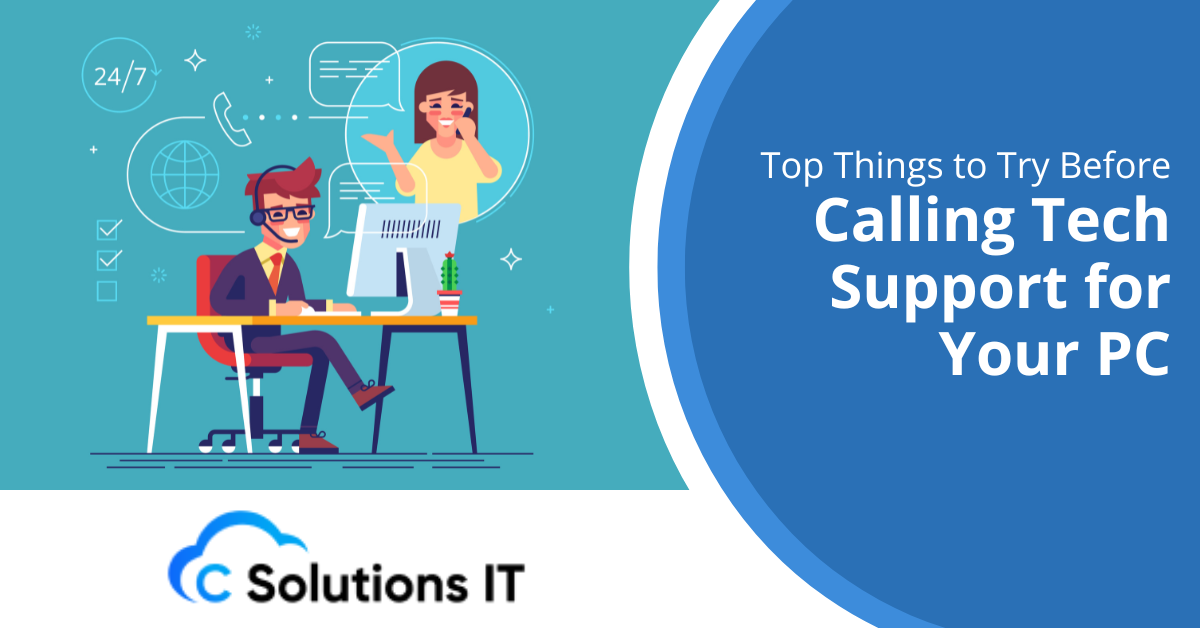Top Things to Try Before Calling Tech Support for Your PC

When your computer starts acting up, it’s tempting to immediately reach out for professional help. However, there are several troubleshooting steps you can take on your own that might resolve the issue quickly and save you time and money. Let’s explore some of the top things you should try before calling tech support for your PC.
Why is a proper restart so important?
One of the simplest yet most effective solutions to many computer problems is a proper restart. It’s important to note that there’s a significant difference between shutting down/powering on and restarting your computer. A restart clears the memory and terminates all running processes, which can often resolve minor glitches and performance issues.
When you choose the “Restart” option, your computer goes through a complete shutdown and boot cycle, refreshing all system components. This process can clear temporary files, reset network connections, and resolve software conflicts that may be causing problems.
How can Task Manager help diagnose issues?
Task Manager is a powerful built-in Windows tool that can help you identify and resolve various PC problems. Here’s how to use it effectively:
Finding Task Manager
To open Task Manager, you can use one of these methods:
- Press Ctrl + Shift + Esc on your keyboard
- Right-click on the taskbar and select “Task Manager”
- Press Ctrl + Alt + Delete and choose “Task Manager” from the options
Killing unresponsive programs
If a program is frozen or not responding, you can use Task Manager to force it to close:
- Open Task Manager
- Find the unresponsive program in the list
- Select it and click “End Task”
This can often resolve issues with individual applications without affecting the rest of your system.
Monitoring resource usage
Task Manager also allows you to view how much of your computer’s resources are being used. This can help you identify if your PC is running slowly due to high CPU, memory, or disk usage. If you notice consistently high resource usage, it may indicate a need for hardware upgrades or the presence of resource-hungry malware.
What if the problem is website-related?
Sometimes, issues that seem like PC problems are actually related to your web browser or internet connection. Here are some steps to troubleshoot website-related issues:
Clearing your browser cache
Clearing your browser cache can resolve many website loading issues:
- For Chrome and Edge, click the three dots in the upper right corner
- Go to “More tools” > “Clear browsing data”
- Select the time range and types of data you want to clear
- Click “Clear data”
Updating your browser
An outdated browser can cause compatibility issues with websites. To check for updates:
- Click the three dots in the upper right corner of your browser
- Look for a colored (yellow or red) update icon
- If present, click on it to update your browser
Trying a different browser or device
If the problem persists, try accessing the website using a different browser or device. This can help determine if the issue is specific to your browser or computer, or if it’s a problem with the website itself.
How can you troubleshoot network connectivity issues?
Network problems can often masquerade as PC issues. Here are some steps to diagnose and potentially resolve network connectivity problems:
Checking your connection
- Look at the network icon in your system tray
- Ensure you’re connected to the correct network
- Try disconnecting and reconnecting to the network
Restarting your router
Sometimes, the issue lies with your router rather than your PC:
- Unplug your router from the power source
- Wait for about 30 seconds
- Plug it back in and wait for it to fully restart
Running network diagnostics
Windows has built-in network troubleshooting tools:
- Right-click the network icon in the system tray
- Select “Troubleshoot problems”
- Follow the on-screen instructions
What about software and driver updates?
Keeping your software and drivers up to date is crucial for maintaining your PC’s performance and security:
Checking for Windows updates
- Go to Settings > Update & Security
- Click “Check for updates”
- Install any available updates
Updating device drivers
- Open Device Manager
- Right-click on a device
- Select “Update driver”
- Choose to search automatically for updated driver software
How can you check for malware?
Malware can cause various PC issues. Running a malware scan can help identify and remove potential threats:
- Use Windows Security (formerly Windows Defender) or a third-party antivirus program
- Perform a full system scan
- Follow any recommendations to remove detected threats
Ready for expert assistance?
If you’ve tried these steps and are still experiencing issues with your PC, it might be time to seek professional help. At C Solutions IT, we understand the frustration of persistent computer problems. Our team of experienced technicians is ready to diagnose and resolve even the most complex PC issues.
We pride ourselves on providing efficient, cost-effective solutions tailored to your specific needs. Don’t let computer problems slow you down – reach out to us at C Solutions IT for expert assistance and get your PC running smoothly again.
